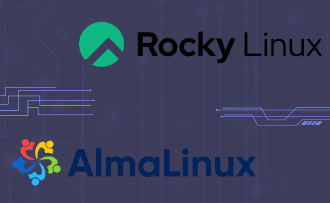Red Hat Enterprise Linux 10.1: A Leap Forward in Security and AI Integration
13:24, 14.11.2025
On November 12, 2025, Red Hat unveiled its first minor update to Red Hat Enterprise Linux (RHEL) 10, bringing several significant improvements under the codename "Coughlan." This release is based on the Linux 6.12 LTS kernel and aims to elevate system administration through a suite of advanced tools. RHEL 10.1 addresses various bugs found in the original release and enhances user experience, especially for organizations with strict security needs.
AI-Powered Administration
One of the standout features in RHEL 10.1 is the introduction of a local, offline AI assistant. Available in a developer preview, this assistant mirrors the functionality of RHEL's existing command-line helper but operates entirely offline. This feature is crucial for sectors such as finance, government, and industrial control, where security is paramount. The AI now boasts a larger context window, expanding from 2 KB to 32 KB, allowing it to process more complex tasks and larger logs. Additionally, the integration of AI-driven tools has been made simpler with drivers for GPU, TPU, and NPU from major vendors like Nvidia, AMD, and Intel now available directly through RHEL.
Optimized System Performance and Development Tools
RHEL 10.1 also brings improved performance and efficiency to development workflows. The new "soft" reboot feature allows system administrators to update user-space components without needing to restart the kernel, reducing downtime and speeding up patch installations. On the developer front, key programming languages have been updated, including Go, Rust, GCC, and .NET, offering enhanced performance and better support for modern hardware and software practices. Furthermore, RHEL 10.1 introduces reproducible container builds, ensuring consistency and reliability in container environments.
In all, RHEL 10.1 solidifies its place as a reliable and forward-thinking platform, strengthening its role in AI, security, and performance.


